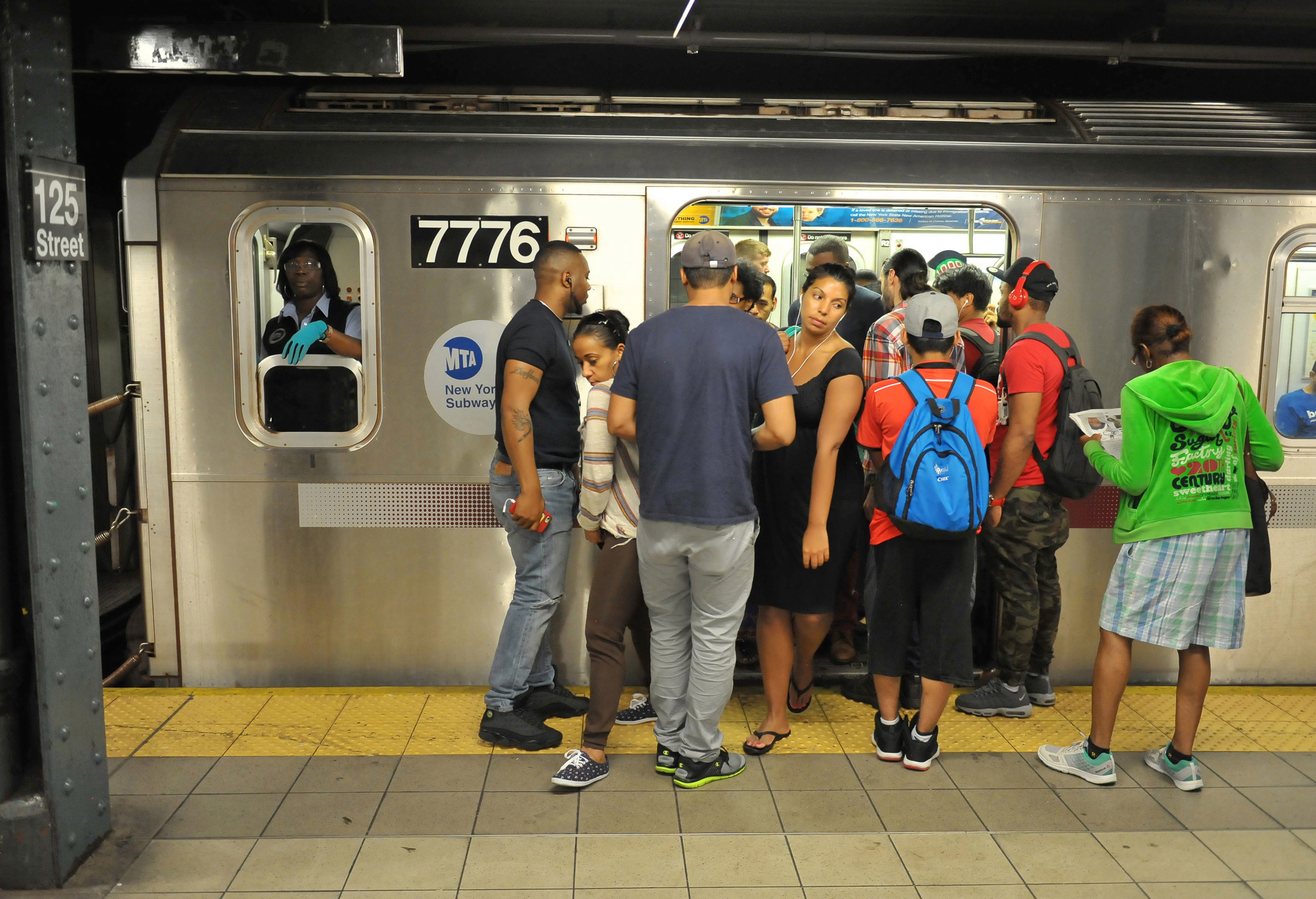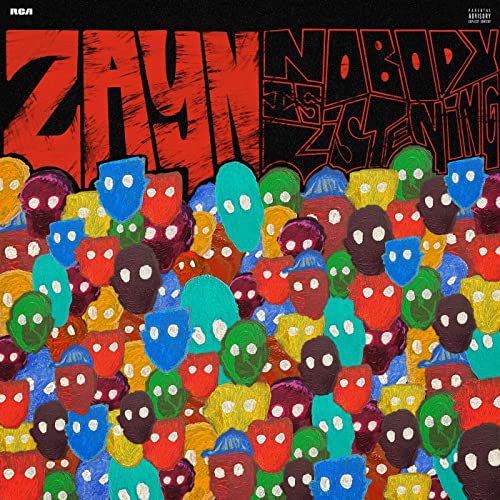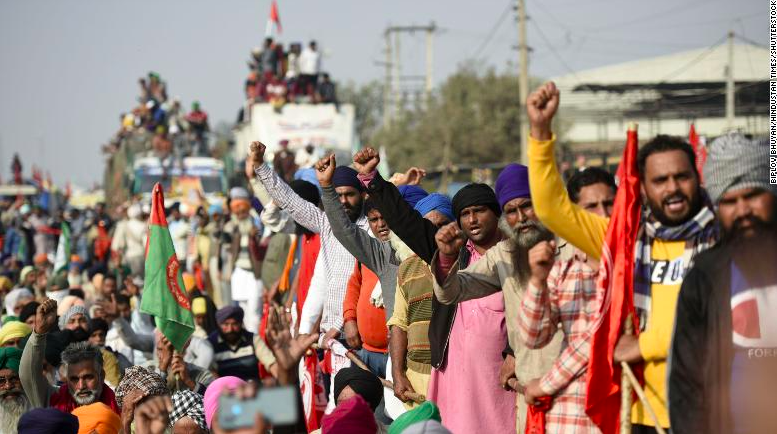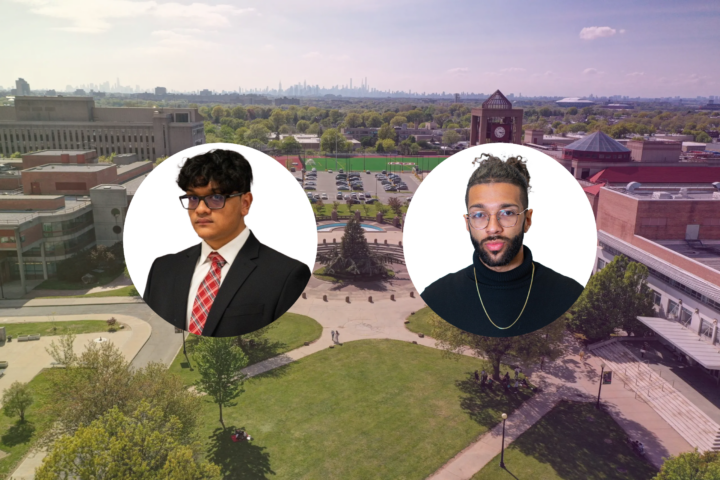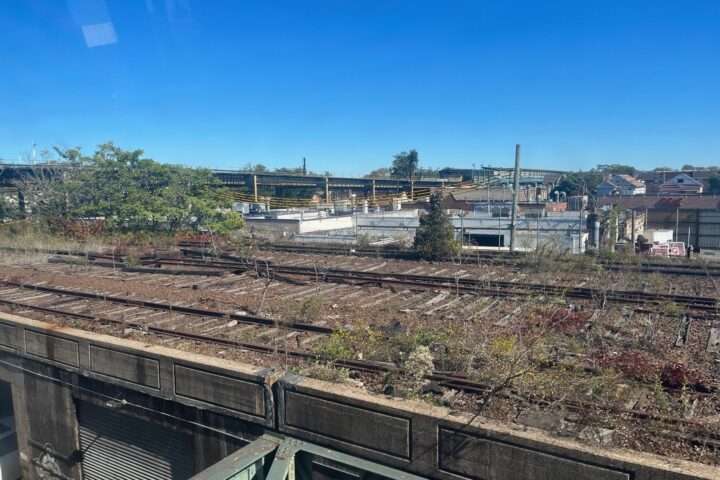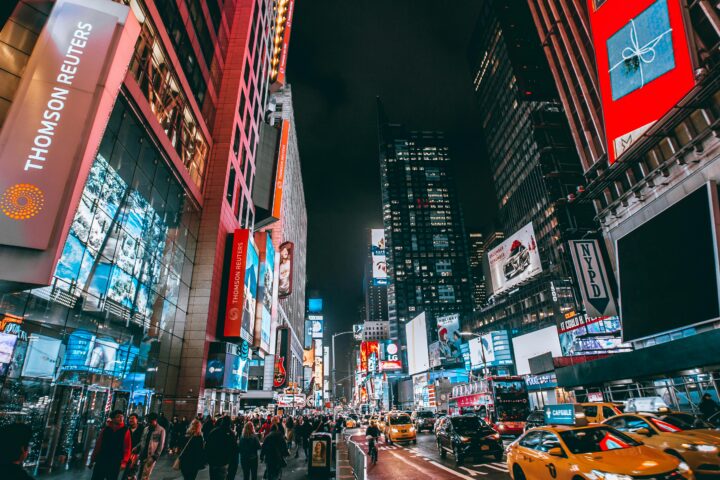Taking the bus or the subway can be a stressful event for many New Yorkers. New Yorkers are continually upset with the state of the Mass Transit Authority (MTA) and want improvements to make traveling hassle-free. However, these improvements come with a price. The MTA has been raising fares to help pay off its debt instead of using money to improve the subway system. It is also still using signals and rails from the 1930s that are presently outdated. This makes it difficult to make any timely repairs without service cuts and reroutes for certain trains. As for MTA buses, congestion on roads often lead to buses driving at walking speed. Bus drivers driving a crowded bus often have no choice but to leave behind waiting passengers, who then might have to resort to Uber or Lyft. Having to wait for the next bus can be quite stressful, after carefully planning what time you’ll arrive at a destination and subsequently, due to MTA incompetence, not knowing what time you will get there.
I’m sure most of us have experienced terrible service and not being able to pay for MetroCards. I have often been left behind by crowded buses with other students and have had to wait 15 to 18 minutes for the next bus. As a Long Island resident, my commute to campus takes about an hour and 20 minutes. I leave my house two hours ahead of time to arrive on campus roughly 15 minutes before class starts. Waiting 15 to 18 minutes for another bus makes me feel anxious about arriving late to class. Paying for MetroCards got much harder for me after the past fare hike. When the monthly MetroCard was raised from $116 to $121 it became more difficult for me to afford it. It made my life easier, in that I didn’t have to worry about money running out on the card, and I had a whole month to use it before it needed a refill. Now, I often refill my MetroCard with a 7-day unlimited, but having to pay $32 every week takes a hit on my bank account. Sometimes, if I can’t pay $32, I have to purchase a regular $20 MetroCard for the week, which isn’t any better.
According to the New York Times, the MTA board agreed to raise the fares again on April 21; thus, weekly MetroCard prices will rise in from $32 to $33 and monthly MetroCard prices will rise from $121 to $127. Having to pay this amount of money while dealing with terrible service, overall, feels like we’re being ripped off. The students I spoke to remarked on how the service can be a hindrance. Reda Bouzid, a senior majoring in media studies and an Astoria resident said, “At times the subway service can be dreadful, especially on the weekends when they close all 4 Astoria stations and use shuttle buses.” Undeclared freshman Sabrina Testi remarked that, “[Since Main Street in Flushing can be busy] a 5 minute ride can take 10 to 15 minutes because of traffic or even the infrequency of buses.”
NYPIRG, the non-profit, non-partisan student advocacy group on campus, has a Straphangers campaign that deals with mass transit issues affecting students by, according to the Straphanger’s campaign website, “Offering information to the public and fighting for safe, reliable, and affordable mass transit.” One of the alternatives to raising the fare that NYPIRG supports is congestion pricing, which will “toll cars entering the busiest parts of Manhattan,” according to the New York Times. Governor Andrew Cuomo has “…warned that without congestion pricing, the authority might have to raise fares by 30 percent.”
At the end of the month, legislators in Albany will be finalizing the budget for the year, which is why NOW is the time to take action for congestion pricing which, if included, could mean better MTA service and the prevention of future fare hikes. That is why, on Monday the 18th, NYPIRG members headed to Albany to speak with their legislators to help push support for congestion pricing. If you’re a student who wants to help bring about change to mass transit, there is still time to join the campaign! Visit the NYPIRG office in SU LL 36 and help volunteer by tabling and telling other students about mass transit issues and by having them sign petitions that’ll be sent to legislators. Students deserve better and affordable transit, and the time for action is now!


